Belt and Road Initiative and MCC Truth
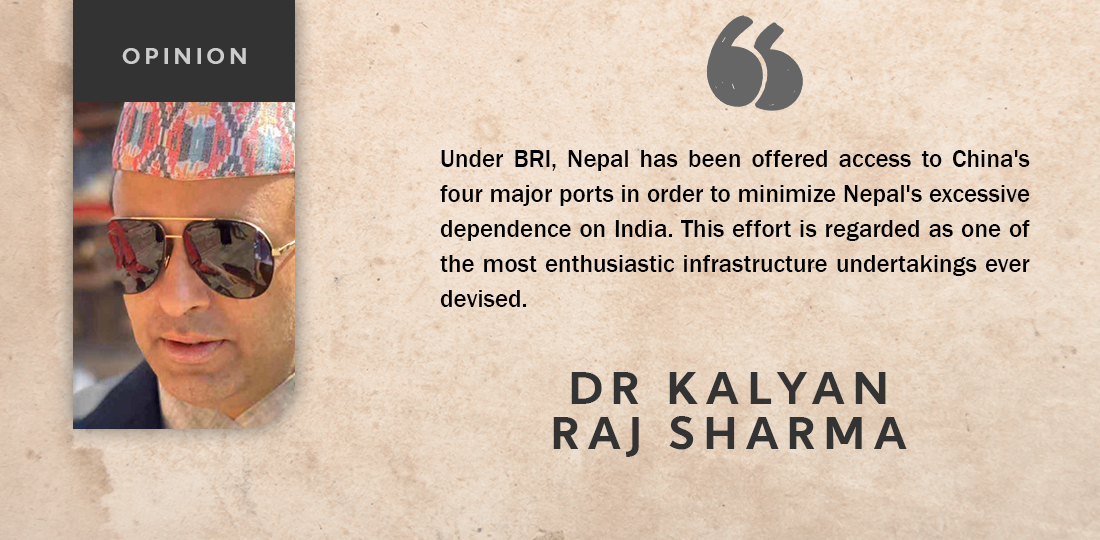
The Belt and Road Initiative, first announced by Chinese President Xi Jinping in 2013, has since developed into a global movement that is causing ripples around the globe. The BRI links three continents: Europe, Africa, and Asia via land and the Indian Ocean. Its major states are in South Asia, the intersection point where the continental "belt" meets the maritime "road," and it runs from Eurasia to Africa. Approximately 126 countries and 29 foreign organizations have signed 174 BRI partnership documents to date. Since the initiative's commencement in 2013, trade volumes between China and participating countries have surpassed $6 trillion, with over $80 billion invested. 300,000 new jobs have been generated. The Belt and Road Initiative looks to be a focus for the Chinese government in terms of creating strong international relationships and policy, rather than solely an economic venture. If accomplished, BRI transportation projects may cut travel times along economic corridors by 12%, improve commerce by 2.7 to 9.7%, raise income by up to 3.4 percent, and elevate 7.6 million people out of poverty.
China has emerged as a ray of hope for South Asian countries as a stable development partner to complement their development needs at a time when the global economy is slowing and Western donor funding is declining. This has gradually strengthened their economic relations with China, enabling them to continue to grow and expand.
South Asia has come out as a precedence area for BRI as South Asia is the Silk Road Economic Belt and the 21st Century Maritime Silk Road. China’s Belt and Road Initiative in South Asia includes four subprojects: China-Pakistan Economic Corridor (CPEC), the Bangladesh-China-India-Myanmar Economic Corridor (BCIM), the Trans-Himalaya Corridor, and China’s cooperation with Bangladesh, Sri Lanka, and the Maldives under the 21st century Maritime Silk Road. BRI’s most up-and-coming project—the China-Pakistan Economic Corridor (CPEC)—runs through South Asia, and BRI’s most critical country, India, is also located in South Asia. This connection allows China to minimize its reliance on shipping via Singapore and the Melaka Straits, while Pakistan benefits from infrastructure and industrial growth, along with a telecommunications network.
During the 2015/16 Indian blockade, Nepal realized the importance of diversifying its commercial and transportation connectivity with China. The Memorandum of Understanding was described as the most significant effort in the history of bilateral ties, heralding a new era of cross-border connectivity between the two countries.
Under BRI, Nepal has been offered access to China's four major ports in order to minimize Nepal's excessive dependence on India. This effort is regarded as one of the most enthusiastic infrastructure undertakings ever devised. With such compelling potential, Nepal could not have stayed silent. Nepal formally joined the BRI on May 12, 2017, five years after its inception, adding another vital strand to the amicable ties between the two countries.
Both Nepal and China have identified nine projects: upgrading the Rasuwagadhi-Kathmandu road; construction of the Kimathanka-Hile road; road construction from Dipayal to the Chinese border; the Tokha-Bidur road; the Galchhi-Rasuwagadhi-Kerung 400kv transmission line; the Kerung-Kathmandu rail; the 762MW Tamor hydroelectricity project; the 426MW Phuket Karnali hydro. With all of these initiatives on the horizon, the necessity to complete these projects must be the primary strategy for attracting finance and technology.
Not only will state participation be vital for Nepal's overall development under the BRI concept of collaboration, but so will social involvement. To obtain significant benefits from BRI involvement, Nepal must solve local, geopolitical, and cultural issues. It will be critical to invest in ground-level projects targeted at improving the living standards of the people. Researching collaborative academic potential to construct a green inclusive corridor can be a necessary step in this approach.
Nepal should have issued a precise proposal outlining the percentage of costs it would bear and the sum of funds it anticipates from China in the form of grants or low-interest loans.
The MCC Truth
MCC is one of the greatest grants received by Nepal from any government or agency in its history. MCC grant is not in the best interest of Nepal because of the following reasons:
a) This agreement allows for the involvement of US military units in Nepal, resulting in a similar scenario to that of Afghanistan;
b) It undermines Nepal's sovereignty/integrity;
c) The US wants to fulfill its vested interest by requiring this agreement to be approved by the parliament; and
d) It needs Nepal to acquire explicit permission from India before implementing the project.
Also, Article 5.1 of the agreement also states that if the MCC fund is discovered to be utilized or employed for helping military and police activities in Nepal, the United States government has the power to terminate this agreement. MCC is a component of the United States' Indo-Pacific Strategy, which includes military components geared at opposing China, a friendly neighbor. According to the MCC agreement, it states that provisions in the compact will take precedence over Nepal's current laws in the event of a conflict, which requires parliamentary confirmation. The MCC is the first grant agreement that must be approved by Parliament which makes it more controversial.
Friends of Silk Road is a regional organization consisting of Bangladesh, Malaysia, Nepal and Pakistan, Thailand, Sri Lanka and others. The objective of the FOSR is to promote cooperation between the countries in various spheres including trade and investment and discuss issues such as economic development strategies and youth policies in different fields.
“Friends of Silk Road- Nepal '' is an initiative that brings people’s platform bringing together different segments of society. FOSR- Nepal started with representatives from communities, politicians, the media, commercial and opinion leaders, youth and women, professionals and civil society, learners and academics. The forum aimed to provide a deeper understanding as well as information about the advantages of the rewards of development and growth afforded by the multiple opportunities originating from the Chinese Belt and Road Initiative.
China's BRI has already started to invest in smaller South Asian countries like Nepal, Sri Lanka and the Maldives while MCC is also targeting these same countries for infrastructure and networking initiatives. With a total population of 2.5 billion people, South Asia is a lucrative market to invest in and participate in. One-fifth of the South Asian population are youth aged between 14-24 years. Hence, BRI has tremendous economic potential in South Asia.
Nepal should commit to a non-alignment foreign policy, promote BRI, by protecting national interests by focusing on transparency and liability. It is prudent for Nepal to accept grants and Foreign Direct Investment, but only in key areas, in order to promote productivity, the environment, social coordination, employment, and long-term development.
Politicians and officials are concerned about what India will think if Nepal pursues the BRI projects. With geopolitical pressure mounting, the political leadership has remained hesitant to move the BRI forward. To move ahead, the Belt and Road Initiative necessitates a strong political will. Nepal must clearly define its goals in terms of which sectors take international loans, which accept only international grants, and which take soft loans or subsidized loans.

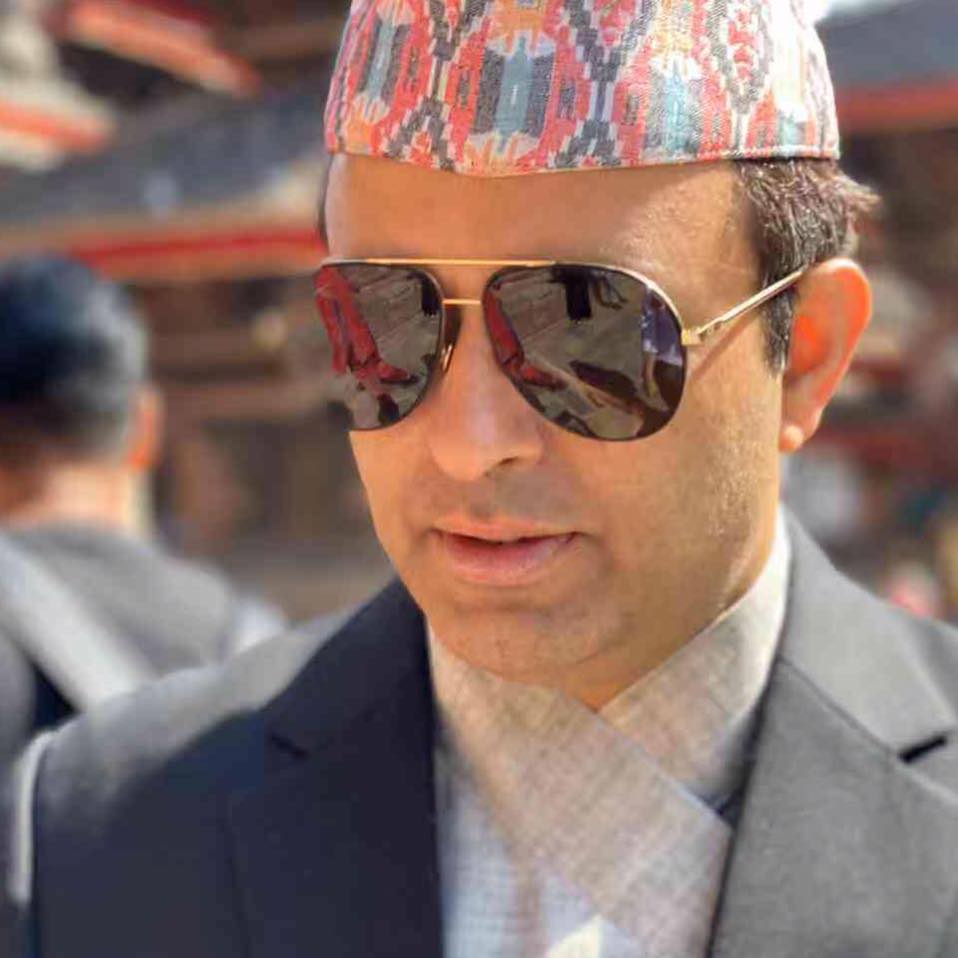
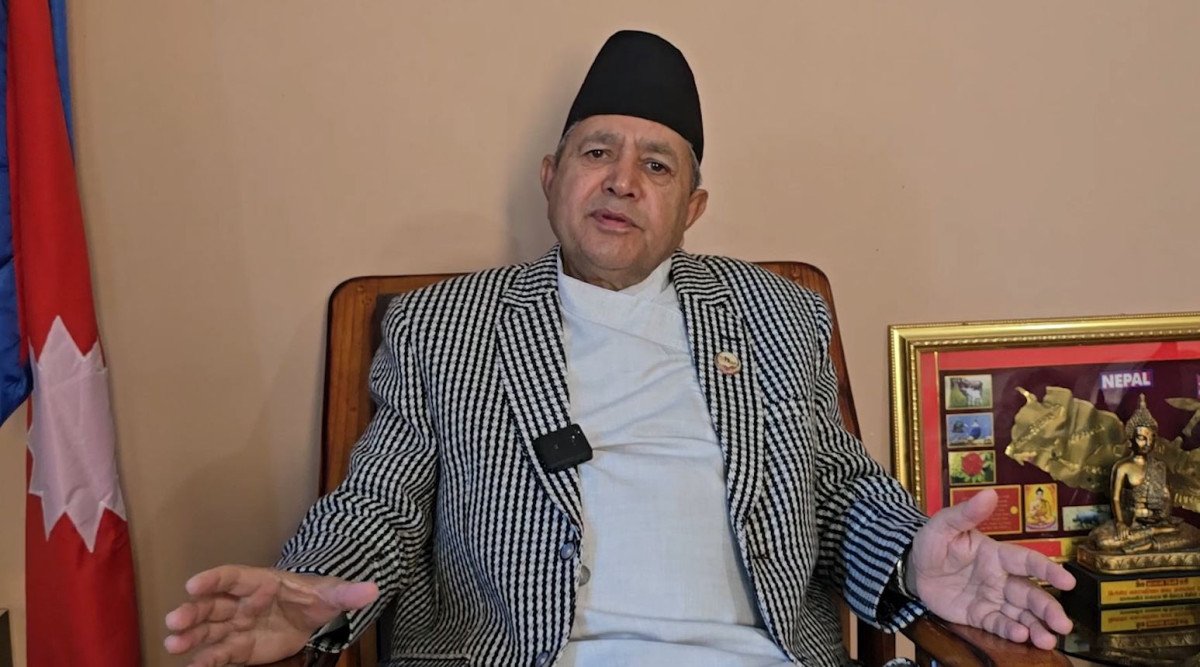
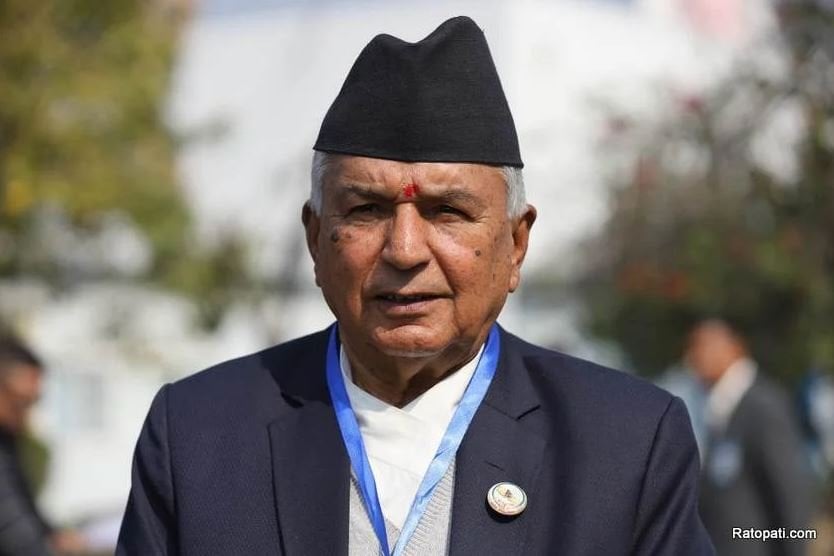



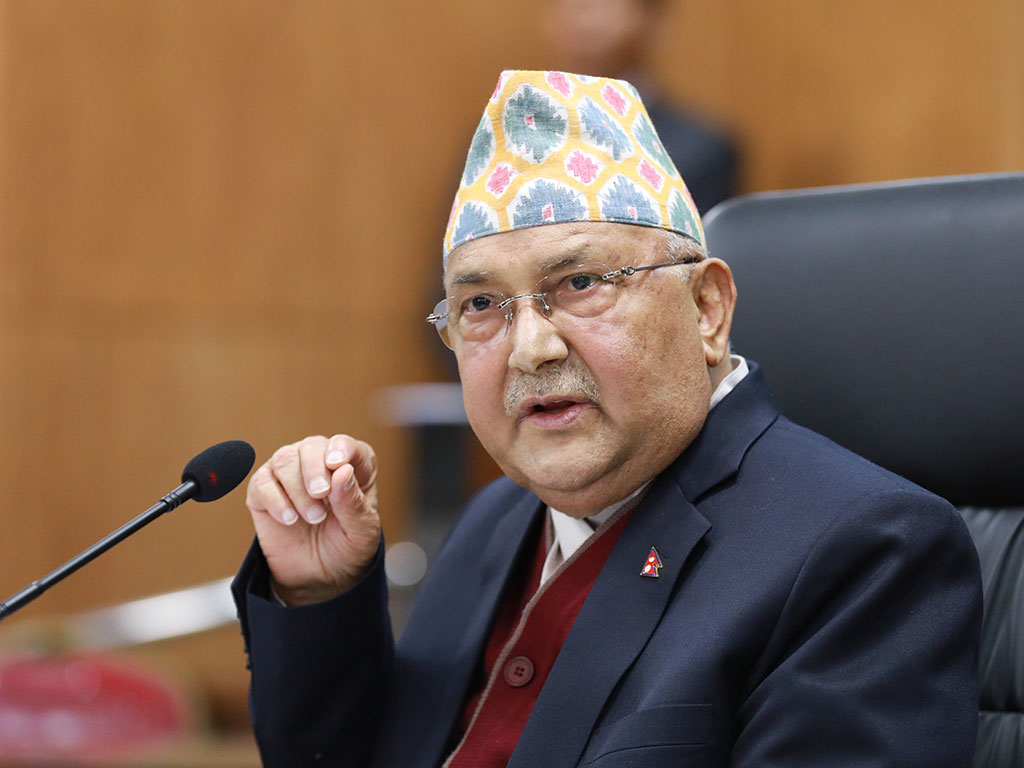
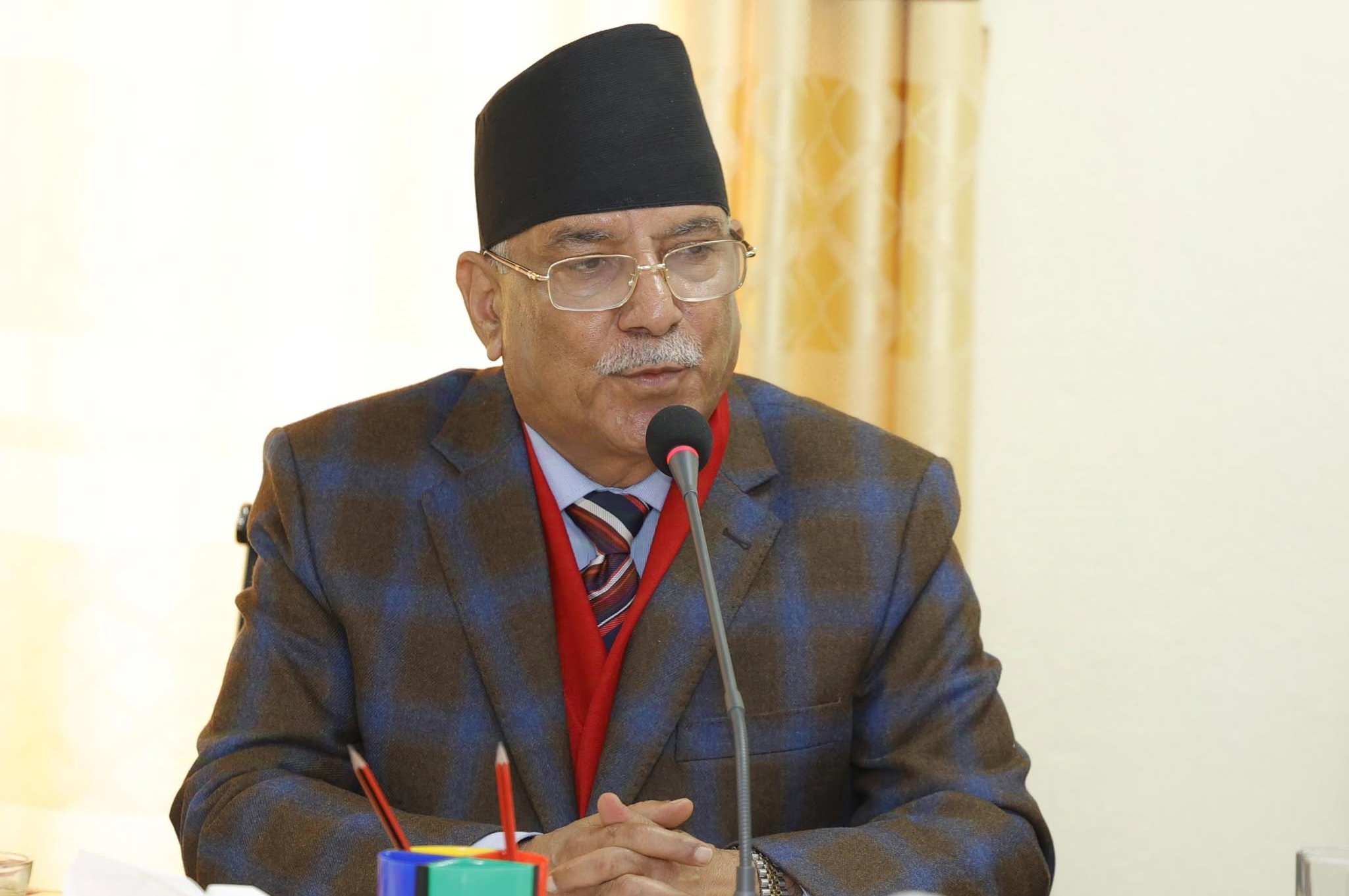
Leave Comment